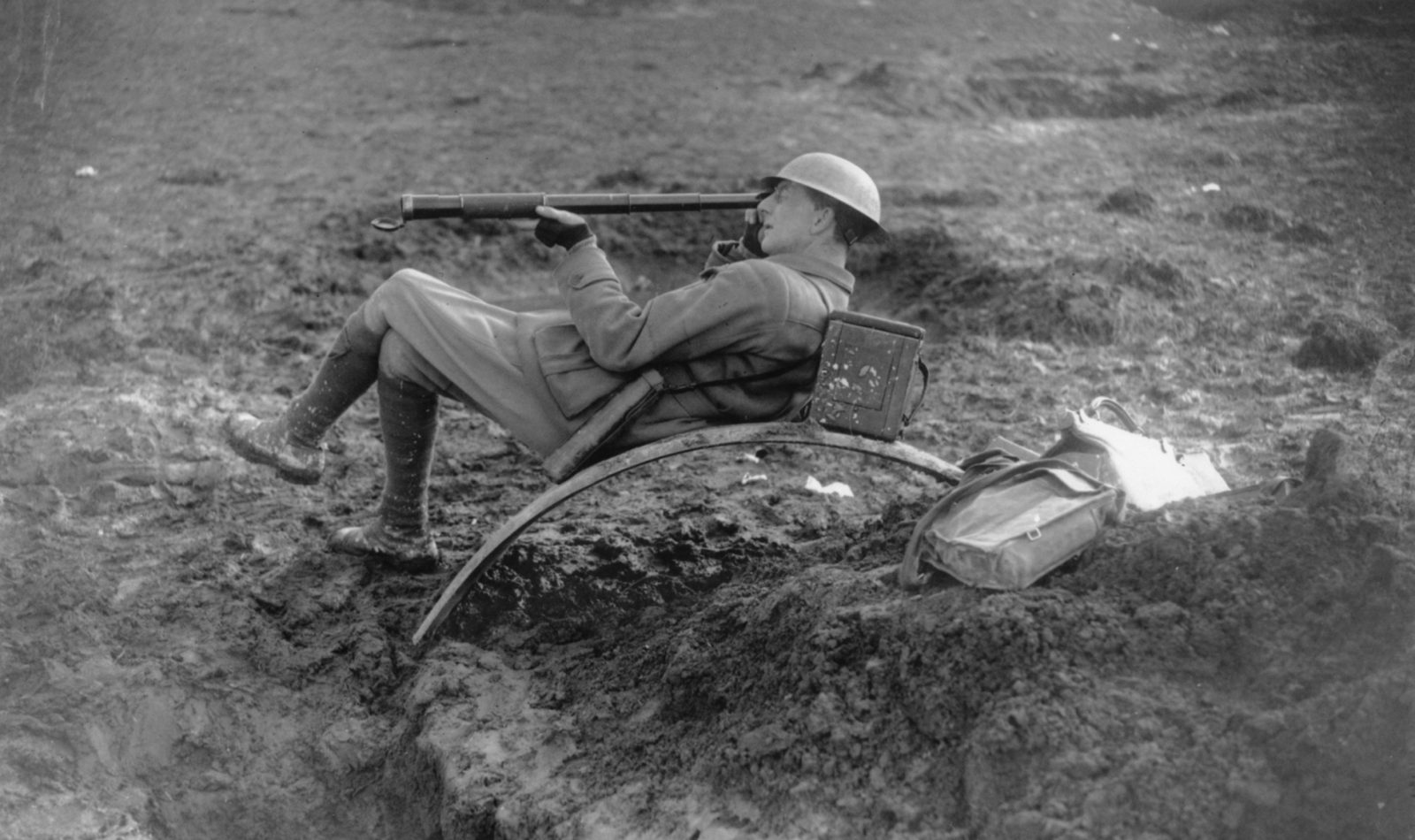I remember the movie Pearl Harbour for the great soundtrack, special effects and tumultuous air attack. What I didn’t expect on visiting this historic site was the sense of serenity which pervades every inch of the area; despite the throng of visitors. Tour buses unload with military precision at the site which is managed by both the Navy and the National Parks. Once inside the gates (no bags are allowed and you must carry your passport at all times) there are some tremendously interesting sites to visit – museums, a 1940s submarine and numerous memorials. A 30 minute documentary in an auditorium sets the scene before each group of about 150 people are directed towards a tender which then sets out across the bay to the USS Arizona memorial. Today Pearl Harbour is a place of pilgrimage for the generations of Americans who fought in WWII, their descendants, interested visitors and the thousands of Japanese who come to pay their respects.
Pearl Harbour was once a tropical lagoon fed by the O’ahu mountains. This massive lagoon known to the Hawaiians as Pu’uloa was once home to an extensive system of fishponds that provided a rich catch for the local inhabitants, unfortunately its use was soon to change. Initially granted to the US government in 1888 in negotiations over the import of Hawaiian sugar, by 1940 the US had head-quartered its Pacific Fleet here. The Japanese air attack on 7th December 1941 decimated the US fleet which was moored quietly in the placid lagoon in the area known as battleship row. The USS Arizona received a direct hit. The loss of 1,177 men made this the worst single disaster in US Naval history and to visit the memorial is quite a profound experience. The monument (pictured above) straddles the USS Arizona and from its open windows you can see the Arizona (below) only feet below from bow to stern.
It is a beautiful memorial to those souls who lay below. Although oil still leaks slowly from the great ship, fish dart through the clear waters a gentle reminder of life. Survivors of the USS Arizonia have the choice to be laid to rest with their crew mates if they wish. Cremated remains are carried down to a gun turret by an army diver and safely placed inside. Many choose this final resting place.
By the end of the attack in 1941 eight of the USs nine battleships had been badly damaged, including three that were sunk. Destroyers and cruisers were also damaged as well as over three hundred planes either lost or damaged. The Navy lost 1,999 sailors, the Army 233 soldiers and the Marines 109 men. 49 civilans were also killed. Following the attack the US formally entered WWII.
On reflection I naturally thought about the loss of life, the families affected and the ongoing sense of national pride that such a memorial instills. I also wondered perhaps naively why mankind still persists in doing harm to one and other.









Leave A Comment